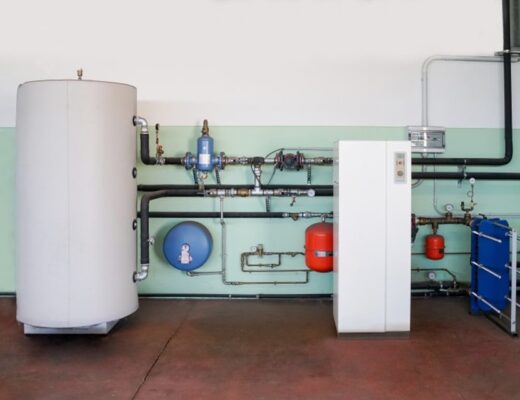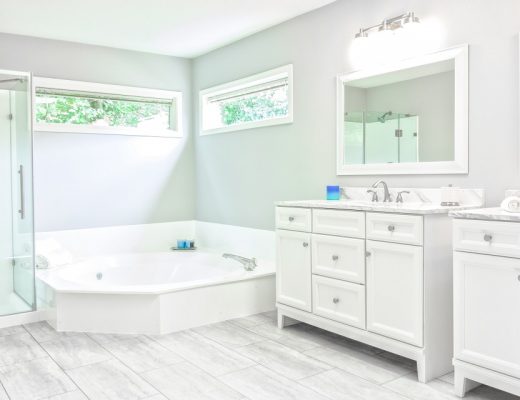Several basement waterproofing methods can help keep water out of your home. Some are more effective than others. Exterior basement waterproofing involves excavating a tunnel around your foundation and then coating the walls with polymers. These membranes can last a lifetime.
Interior Drainage System
The internal drainage system is another basement waterproofing method that works along your basement walls to reroute water away from home. It usually involves installing a series of pipes that drain water into a sump pit. This system works best with monolithic foundations. Typically, concrete blocks are broken off and removed, allowing a perforated pipe to be installed inside the basement wall. It captures rising groundwater, relieves hydrostatic pressure and prevents concrete wall seepage. Unlike external systems, it also doesn’t require excavation and can be installed any time of year. However, it is a temporary solution and can eventually clog. It can also be difficult to install and requires a lot of access in winter, especially if you have a finished basement. An exterior perimeter drain is better if you need a more comprehensive solution for basement waterproofing Parma. It redirects water before it reaches the basement so that it won’t cause damage to your foundation.
Sump Pump
Waterproofing methods like sump pumps help keep your basement dry. They remove groundwater and surface water that may otherwise cause flooding. During spring, this is especially important because there is usually an increase in groundwater from thawing and rainy weather. When you use a sump pump, any rising water is drained into a pit, then expelled outside through the discharge pipe. This method is much more effective than other waterproofing options, such as coating the walls with a moisture barrier. A sump pump can also be installed with a battery backup that will operate during a power outage. This type of pump works at the same rate as your main one and will continue to pump away any rising water until you can regain power.
Interior French Drain
Waterproofing your basement is important to prevent mold growth, preserve the foundation, and protect your belongings. There are various methods for waterproofing your basement, each with advantages and disadvantages. Interior French drains are a tried-and-true basement waterproofing method that keeps your basement dry. These systems install a perforated pipe and gravel in a trench around the perimeter of your basement. The gravel helps to improve drainage, and the rock and stones also assist with keeping debris particles from filtering into the perforated pipe. Another advantage of this basement waterproofing method is that it is cheaper than exterior methods, which require excavation and installation.
Footing Drain
When you’re waterproofing your basement, it’s important to consider your options. You should choose a drainage method that protects your home from foundation damage, prevents leaks in the basement, and reduces moisture-related health issues like mold and mildew growth. Exterior footing drains are commonly installed during construction to direct water away from the foundation. They’re typically laid around the perimeter of the foundation and surrounded with gravel to improve drainage. One of the disadvantages of this system is that it can become clogged over time, especially if there’s no filter fabric to prevent silt from accumulating inside it. Another disadvantage of exterior footing drains is that they can be expensive to install and maintain. They require costly excavation of earth around your house. Additionally, they may not be as effective or durable as other basement waterproofing methods.







No Comments